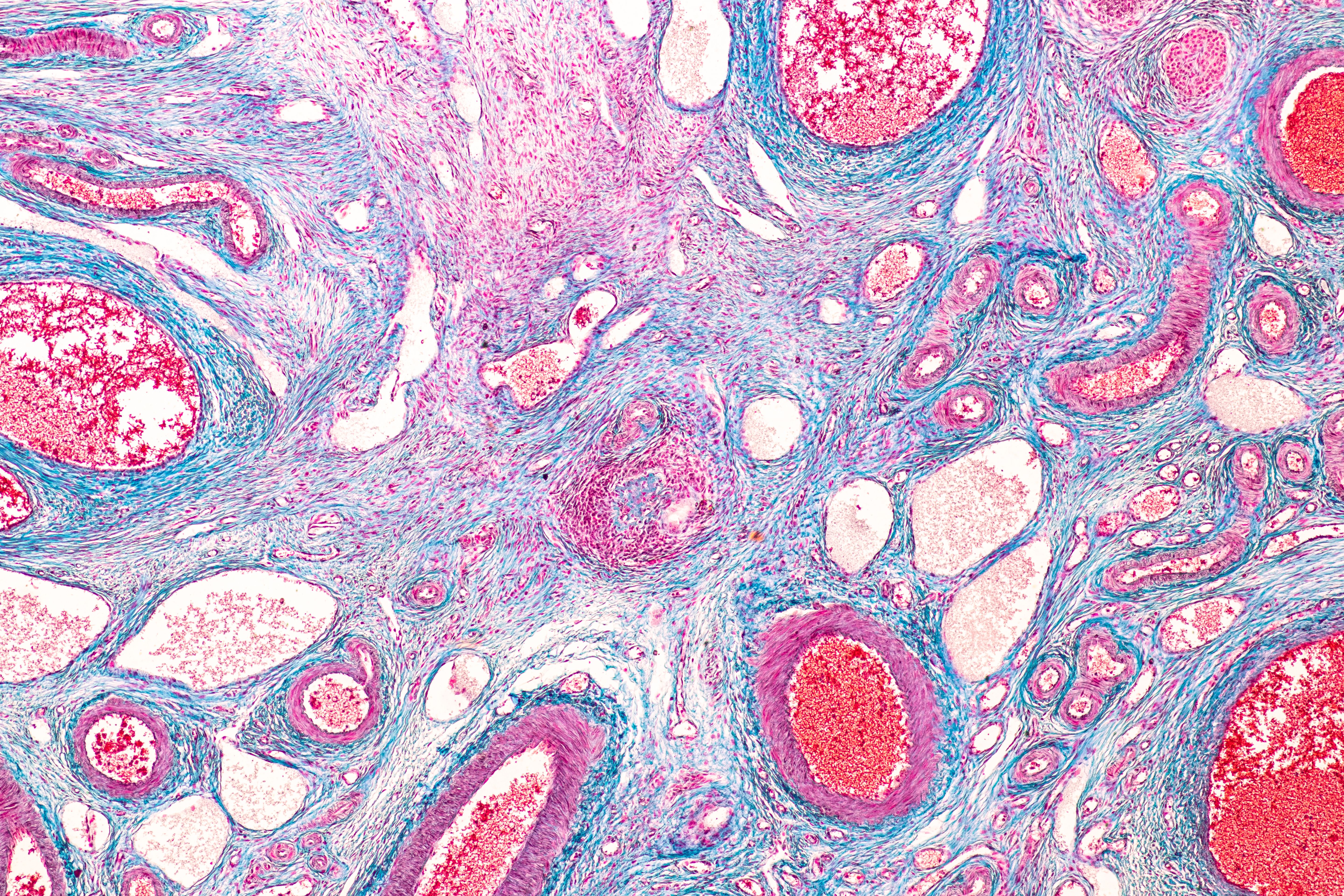Allogeneic hematopoietic stem cell transplantation(HSCT)does not lead to disease relapse after ovarian tissue transplantation (OTT) in patients with acute leukemia, according to a recent study published in the American Journal of Obstetrics & Gynecology.
Takeaways
- Allogeneic hematopoietic stem cell transplantation (HSCT) does not result in disease relapse after ovarian tissue transplantation (OTT) in patients with acute leukemia, as indicated by a recent study.
- The procedure of autotransplantation after ovarian tissue cryopreservation (OTC) has been conducted in over 150 live births, leading the American Society for Reproductive Medicine to no longer consider it experimental.
- Despite the success of OTC and OTT in other cases, there is limited safety data for patients with acute leukemias undergoing ovarian tissue cryopreservation.
- A retrospective study was conducted to determine the risk of relapse in women with acute leukemia who received OTT after successful HSCT. The study included participants with acute leukemia diagnosis, transplants, amenorrhea, and OTC before HSCT.
- The study involved 6 women with acute leukemia, and the results showed restored ovarian function in all patients with no relapse observed at a median 51-month follow-up. Larger studies are recommended to further confirm these findings.
OTT has been conducted in over 150 live births, making the procedure of autotransplantation after ovarian tissue cryopreservation (OTC) no longer considered experimental by the American Society for Reproductive Medicine. However, there is little data on the impact of OTC and OTT in patients with acute leukemias.
Patients with leukemia undergoing OTC often receive nongonadotoxic induction treatments. Most of these patients achieve a morphologic remission and are included in tissue cryopreservation. However, experts have recommended caution because of a lack of safety data for OTC in patients with acute leukemia.
To determine the risk of relapse in women with acute leukemia who receive OTT after successful HSCT, investigators conducted a retrospective study. Participants had an acute leukemia diagnosis and transplants, were receiving preconditioning chemotherapy for autologous HSCT, were amenorrheic for 6 or more months, and had undergone OTC before HSCT.
Patients with continued ovarian function or evidence of leukemic cell infiltration were excluded from the analysis. During OTC, patients were told there is a lack of safety data and that there is a risk of cancer cell reseeding. They were also told they would have to undergo in vitro maturation of primordial follicles instead if the procedure proved to be unsafe.
Ovarian transplantation was based on clinical procedures. The clinical, histopathological, and molecular data of participants were collected. All patients except 1 underwent removal of approximately two-thirds of the cortex of 1 ovary. The remaining patient underwent removal of an entire ovary.
During tissue screening, patients received histopathological examination from an expert pathologist. Immunohistochemical staining was also conducted and included immature hematopoietic markers and lineage determinant markers. Finally, polymerase chain reaction and fluorescence in situ hybridization were used to assess forBCR/ABL p190 and AML1/ETO.
Antral follicle counts, serum antimüllerian hormone (AMH), andfollicle-stimulating hormone levels before OTT were used to confirm primary ovarian insufficiency. Graft longevity began at the observation of follicle growth or when menstruation resumed.
Six women with acute leukemia were evaluated, 4 of whom had acute myelogenous leukemia (AML), and 2 had acute lymphoblastic leukemia (ALL). Participants were aged a median 20 years at cryopreservation and 25.5 years and transplantation. Prior to OCT, serum AMH levels were 1.9±1.7 ng/mL. Before transplantation, they were 0.07±0.05 ng/mL.
Five patients received cytarabine and daunorubicin or Berlin-Frankfurt-Munich-95 protocol and were in remission. The final patient had been diagnosed with ALL when aged 3 years and received “prednisone + vincristine + L-asparaginase + methotrexate + 6-mercaptopurine + ARA-C + daunorubicin,” with relapsed occurring at age 8 years.
OTT occurred a median 74.5 months following OTC, with the same group of surgeons completing all procedures. Graft vascularization was managed through transdermal estrogen and low-dose aspirin.
Restored ovarian function was observed in all patients, occurring a median 3 months after initiation. The median graft longevity was 35.5 months, with menstruating observed in 4 patients. Of the remaining 2, 1 had graft function spontaneously stop, and the other had a resected graft. All patients were relapse free at the median 51-month follow-up.
These results indicated a lack of leukemia relapse at an average 51 months following OTT in patients with prior HSCT. Investigators recommended larger studies to confirm these findings.
Reference
Sönmezer M, Şükür YE, Saçıntı KG, et al. Safety of ovarian cryopreservation and transplantation in patients with acute leukemia: a case series. Am J Obstet Gynecol. 2024;230:79.e1-10.doi:10.1016/j.ajog.2023.08.032

